After completing his MA at Central Saint Martins, Frank Leder has carved out a heavily conceptual signature style deeply rooted in German culture. Leder elevates the story of the ordinary German man by weaving them into the very fabric of each collection. From butchers to vagabonds, factory workers to poachers and most recently to botanists for SS11, Leder has explored a plethora of social pursuits all with a sense of humour. For his next two fashion collections, the Berlin native focuses his attention on Galicia, an area which used to exist in eastern Europe, spanning over southeast Poland, the Ukraine and Austria/Hungary. It is a landscape best described in the works of one of his favourite writers, Joseph Roth. Galicia no longer exists in reality but lives on in stories, old postcards and books. For AW11, Leder opens the book once more and offers his own design narrative. Before, we sit down with the designer and talk through his collection, we'd like like to share a few of these inspirational found images of this lost but not forgotten land...
A selection of postcards that inspired Frank Leder's first Galicia collection
For the first season of Galicia inspired designs, Leder introduces this lost land and its inhabitants. He explores and reimagines their living conditions, their rules, and of course, their dress...
SS: What were your inspirations, your dreams and the driving catalyst behind launching Frank Leder, the label?
Frank Leder: I see my label as a platform to intensify ideas and working processes. It is like enlightening different corners of a room every season, adding new chapters to the story I want to tell and express through clothes.
SS: How has the label and your approach to it evolved over the years?
Frank Leder: Being able to continuously work on my vision and produce collections every season gives me the opportunity to share ideas with customers and let them be part of the world I am sketching for them. I take great care to ensure that items from past collections can be worn with the latest collection so I can create a body of work that is never outdated.
SS: Aside from it being your name, what does Frank Leder mean to you?
Frank Leder: Items that tend not to follow the way of fashion but rather find their own path which has its very own distinct design language.
SS: What were the first and last item you remember designing?
Frank Leder: In a menswear context, the first items were designed with a friend of mine in London, we called them 'Spruchleisten." They were stripes of leather which had printed messages on them and they were designed to hang from the belt loop of trousers. We sold them in a fashion boutique in Soho. These were the first design signals from me. The last item I designed was a summer linen trenchcoat for our latest collection. It is dark blue with vintage horn buttons.
SS: Your designs elevate the story of the ordinary German man into the fabric of each collection. What was your initial starting point for the Galicia collection for AW11?
Frank Leder: If I can find the time, I like to read literature. For years the writing of Joseph Roth have been one of my favourites. In his stories, the place which time forgot 'Galicia' really comes to life.
SS: How did the memories of this forgotten land inspire the collection we see today?
Frank Leder: By getting totally lost in Joseph Roths writing and the visual style of old vintage coloured postcards from towns, villages and landscapes in Galizia, collection formed in my head which I wanted to bring to life and share with my customers and followers. Nowadays Galazia does not exist, it has only survived in print, pictures and memories and this inspired me to create a collection out of it.
SS: Craft, local manufacture and fabrics are obviously very importantto you. You must work with some extremely small and remote factories. Is it difficult to find them and how has your relationships grown over the seasons?
Frank Leder: Over the years, I've been fortunate to be able to fall back on a network of friends and contacts which share the same way of thinking and approach to work and life. These people come from a variety of backgrounds and disciplines including artists, writers and craftsmen. If one of them stumbles across an interesting place or person, they tell me about it and I do the same for the. Through this network of sensibility I have discovered real gems which have been incorporated in to my collections. I am always surprised at the end of a collection by what we have discovered and unearthed in the process of making a new collection.
SS: Could you tell us about a few of the materials and processes used to create this collection? Frank Leder: As it was an autumn/winter collection, I was able to use thick wool and linen materials in interesting weaves and colours. Some really interesting piece incorporate skin and fur from wild sheep and goats sourced from the Carpartian mountains. These pieces still have wildness oozing from them. We made jackets, vests and hats out of them. These pieces are as far removed from fashion as possible, great!
SS: What are your favourite pieces from the collection or is there anything that you are particularly proud of?
Frank Leder: This season, our dufflecoats have closures cut from vintage chairs and staircase rails. The idea and imagination was, when people from Galicia had to emigrate and leave their beloved possessions behind, they would try an incorporate them into their clothing in order to take them as reminder of their homeland and past life.
SS: As a designer, would you agree that you are more interested in style than fashion. How would you describe your approach to design?
Frank Leder: The garment always comes first, its fabric, cut and details. Then I try to integrate those pieces in to my body of work, the story I continue to eave, the pictures and images I want to share. Fashion, as in what is the newest colour, cut or trend does not interest me in the slightest. I am not looking at what other designers are putting on to the market but rather, I concentrate on my own offerings and hike in that direction. I like to explore for myself.
SS: Your collections are rooted in history yet essentially modern in their approach. You certainly have a great respect for the past, if you could go back in time and experience one moment or era of style, what would it be?
Frank Leder: I am not so sure I have a favourite time in the past, I rather like the present. I am mostly inspired by people. I look at people in the present as much as images of people from the past. Garments, haircuts change but when looking in to people;s eyes, you can see the essential human being. It is fun to imagine their lives, dream and ambitions.
SS: Finally, how do you see Frank Leder, the label, developing over the next few seasons? Frank Leder: I would like to more light on corners I have not yet explored and continue to tell interesting stories from my system. In addition to that, aside from garments, we are working on products which are essential coming from our body of work and universe. These will manifest themselves in to different goods and items in the near future.
For next season, Leder continues his reimagination of Galicia and its inhabitants. The central theme for next summer will be travel and their emigration out of Galicia towards the western world and specifically the promise of America.

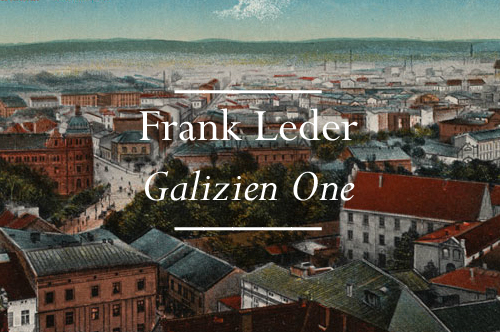
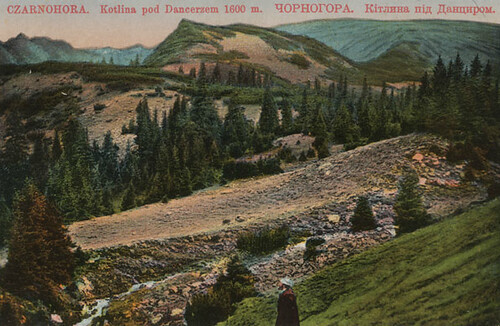
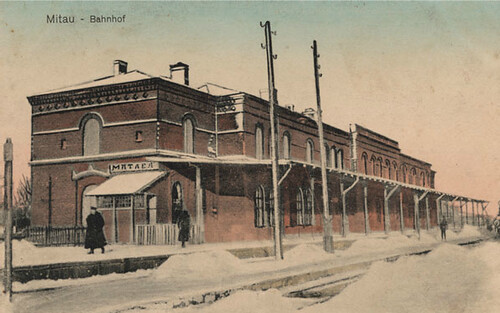
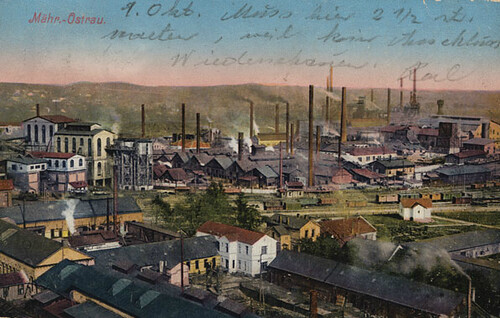
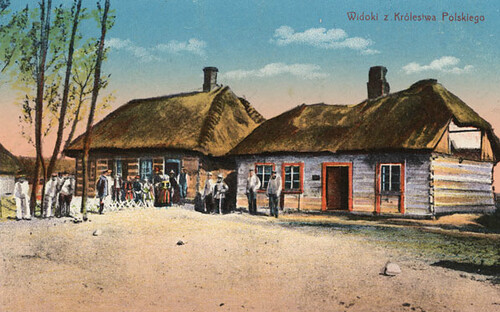
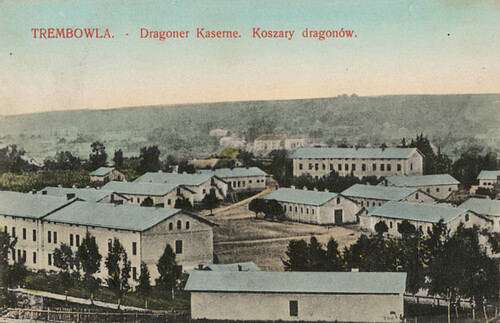
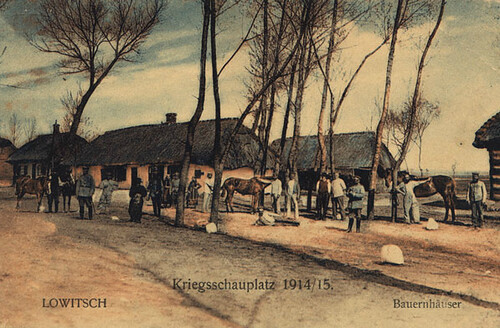
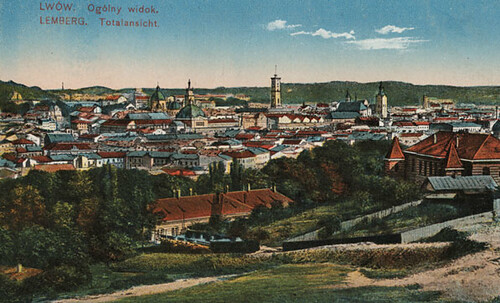
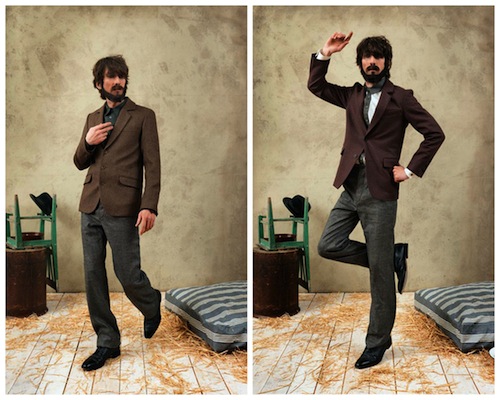
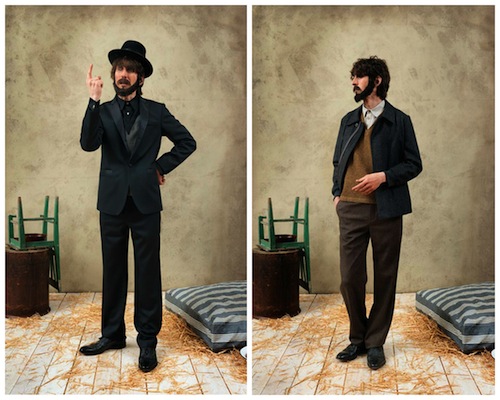
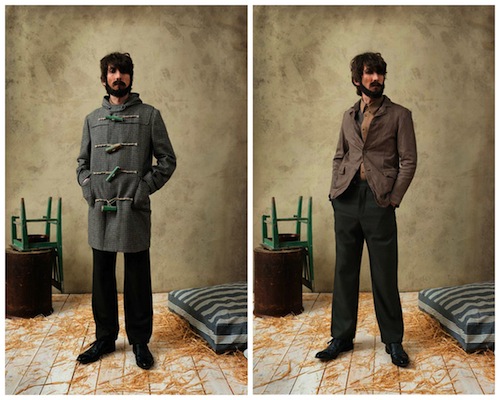
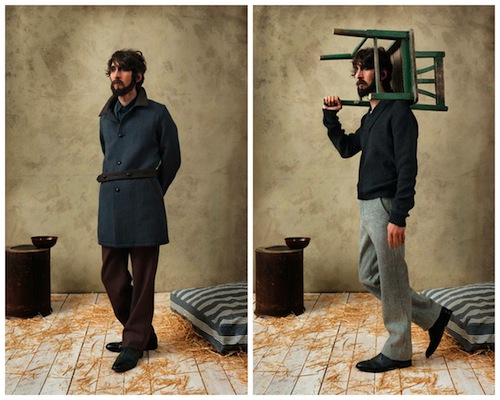
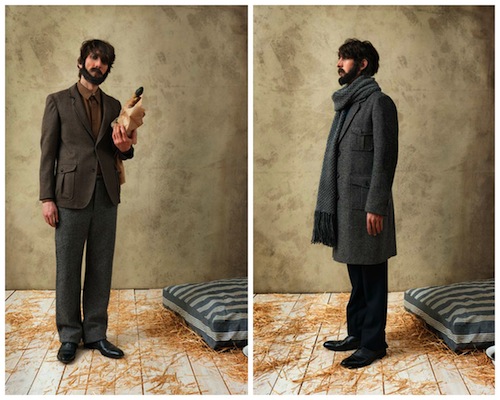

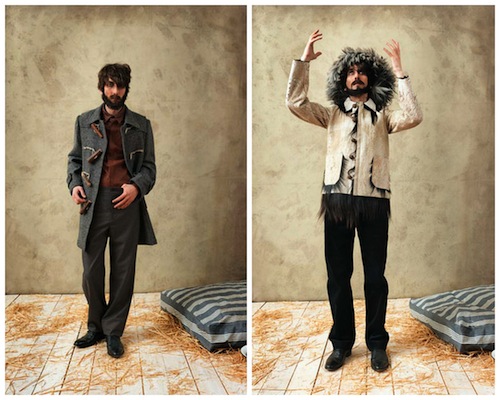
2 comments:
I approached this article with odd feelings as my father's family came from Galicia, Zlotchev, to be specific. The reason that Galicia no longer exists is because the Nazi's brutally obliterated it and its many Jewish inhabitants. A light hearted, historical, jaunt, in a mythological Galicia strikes me as a bit macabre.
Alan Axelrod, Princeton, NJ
...wrong, the emigration from Galicia started way back in 1890.
Reasons were starvation and very poor living conditions in Galicia and therefore the hope of a better life abroad.
When the Nazis came, Galicia no longer existed..
By the way my great grandparents came from Lviv.
Post a Comment